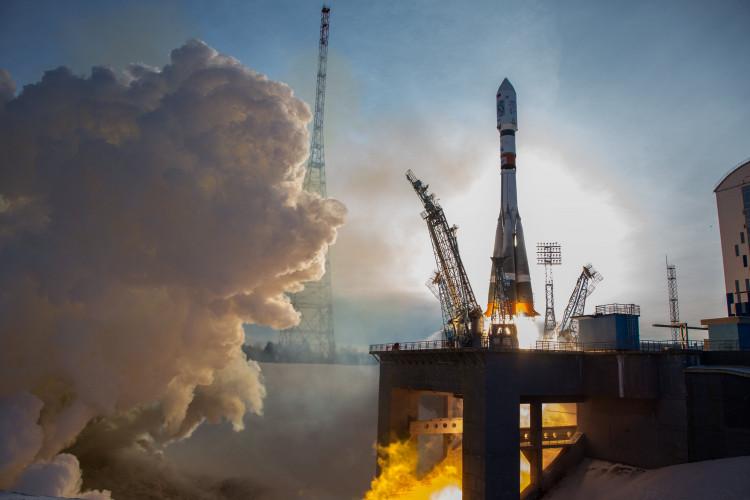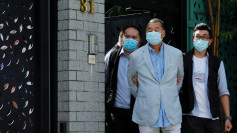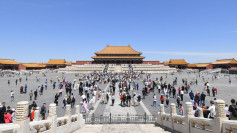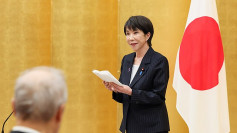For the second time this month, China's Chang'e-4 came up with a phenomenal result that will go down in history as it sprouted the first cotton seeds on the moon.
Multiple outlets confirmed the news from China's National Space Administration. The cotton seeds were brought to the far side of the moon by the Chang'e-4 mission.
According to Xinhua, scientists who led a mini biosphere project on the Chang'e-4 mission confirmed that cotton seeds brought by the rover showed the first sprout on Tuesday. Photos sent back by the Jade Rabbit, China's moon rover, show a healthy, growing sprout.
This is the first biological breakthrough in the history of space explorations. The International Space Station has grown plants in the past but this is the first time a sprout was actually given birth on the moon.
Aside from cotton seeds, the Chinese mission also brought potato, Arabidopsis, and fruit fly eggs to the moon. Partnered with some yeast, the items formed a mini biosphere that gave life to the cotton sprout that has now taken the space realm by storm.
On January 3, the Jade Rabbit made a historic landing on the far side of the moon, particularly on the moon's South Pole-Aitken Basin. The location is known to be the largest crater on the moon. It is worth noting that previous probes from other countries have landed on the near side of the moon but China's mission made it to the unexplored side.
The Chinese rover took a "nap" for five days as atmosphere peaked. The Jade Rabbit 2, also called Yutu 2, protected itself from heat destruction and went on standby. Thursday last week, the space agency confirmed that the rover has returned to fulfill its daily activities.
One of the Chang'e-4's reasons for being on the moon is to check if there is a chance plants could grow on the moon's low-gravity atmosphere. The cotton sprouts could mean good news.
If plants could grow on the moon, long-term space expeditions in the future could save on overall budget since astronauts can plant and produce their food while working on the moon, BBC pointed out. The need to go back and forth from the Earth to the moon for food will be lessened.
Fred Watson of the Australian Astronomical Observatory, said of the latest breakthrough, "It suggests that there might not be insurmountable problems for astronauts in future trying to grow their own crops on the moon in a controlled environment."
Meanwhile, fears that the moon could get contaminated by the Chang'e-4's mini biosphere have been debunked. The organisms kept inside the lander have been provided with enough water, air, and nutrient supply. The seeds are also kept within a canister built by 28 Chinese universities that joined hands in ensuring that there won't be contamination risks to the moon.






